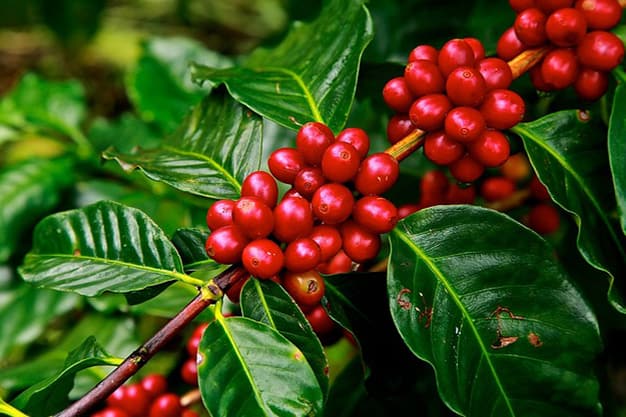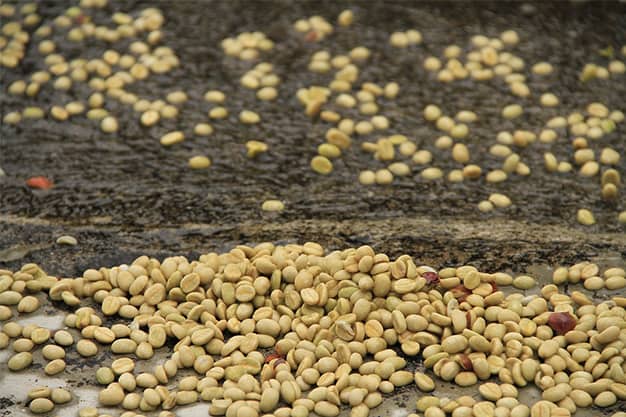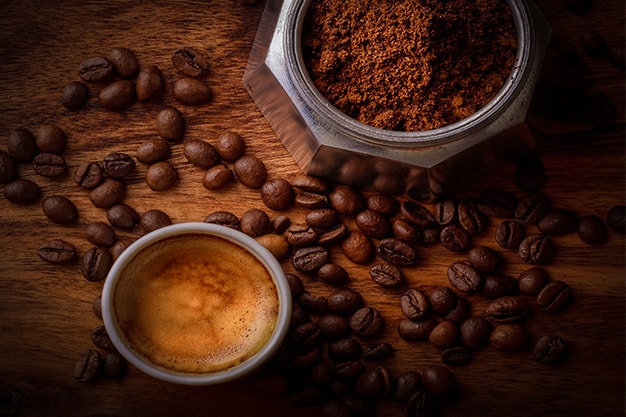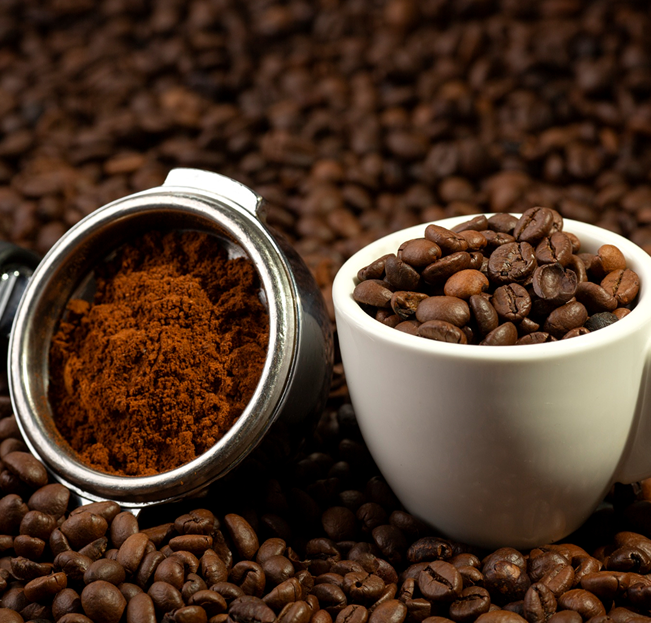
While most people are aware that coffee comes from beans, few people realize the many steps it takes to go from a plant to the delicious green coffee beans you can buy in bulk from our online store! Read on to find out the humble life of the coffee bean and how it plays a […]

Have you washed your coffee? If it isn’t washed, it is dirty? Those of us who work professionally in the coffee roasting field know these terms well, but for those new to the coffee industry, the different types of washing and processing that a coffee bean goes through before it reaches your cup can be […]

Have you ever found yourself wondering what the different roasts of coffee mean? Many people assume that all coffees are processed the same way, but in the world of the best coffee roasters, the roast makes all the difference! Here at Lavanta, we are proud to import the best quality green coffee beans online and […]

Are you looking for a fun holiday gift or tradition that will keep on giving? Find your best friend, closest relative, or even that coworker you’d like to get to know a little better and pick up a great new hobby: Roasting your own coffee! Read on to find out our DIY basics and more […]

It seems like everyone is talking about climate change these days, and for good reason: we have not been kind to our earth. For those of us who care about these important consequences, this means evaluating how our everyday habits affect our world. Many of our customers at Lavanta Coffee Roasters in NJ have asked […]

















